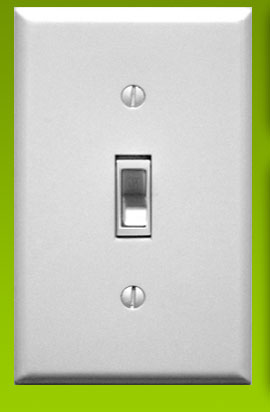The Frank Lloyd Wright of the Storageplex
Frank Lloyd Wright didn’t see his structures as empty buildings, but as holistic environments. That’s why his designs often included not only the roof and walls but the chairs and tables as well.
Google is the Frank Lloyd Wright of data centers: they design their own storage systems that function as an integral part of the whole.
You can see the power of this philosophy in their brutal efficiency. Information Week points out that Google-designed data centers use nearly five times less energy than conventional data centers. That correlates with the 4-to-1 ratio in cost per capacity that IDC found in comparing conventional data centers to Google-style “content depots”.
Google has uncharacteristically given us a peek behind the curtain to encourage sustainable energy practices. Sure, being eco-friendlier is good. All the more so when it aligns with Capitalism.
How can conventional data centers compete without this approach?







